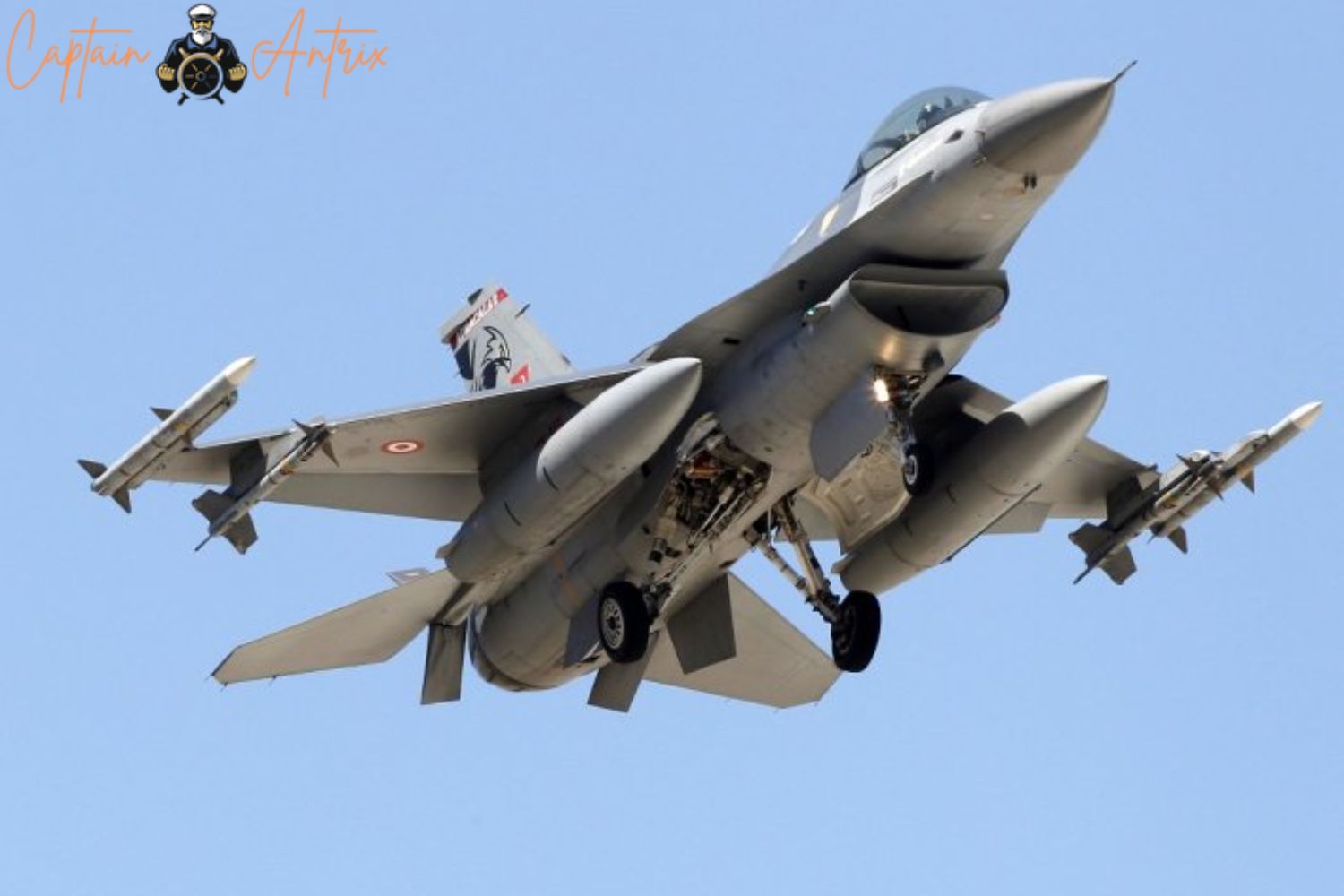
The U.S. Department of Defense (DoD) recently made a significant announcement regarding its pursuit of a modern variant of the B61 nuclear gravity bomb, referred to as the B61-13. This initiative is contingent upon receiving Congressional authorization and appropriation. The Department of Energy's National Nuclear Security Administration (NNSA) is set to take charge of the production of the B61-13.
This decision has been prompted by the evolving security landscape, as laid out in the 2022 Nuclear Posture Review. The B61-13 will build upon existing production capabilities that support the B61-12, incorporating advanced safety, security, and accuracy features from its predecessor.
John Plumb, Assistant Secretary of Defense for Space Policy, underscores the strategic importance of the B61-13 in addressing the challenges arising from a dynamic security environment. Notably, the production of the B61-13 is not intended to increase the total number of nuclear weapons in the U.S. stockpile.
This decision reflects the changing security environment and the growing threats from potential adversaries. It underscores the U.S.'s commitment to continually evaluate and develop the necessary capabilities to maintain credible deterrence and the ability to respond to strategic threats while assuring its allies.

The B61 nuclear bomb has been a cornerstone of the United States' Enduring Stockpile since the end of the Cold War. It is a versatile strategic and tactical nuclear weapon with a two-stage radiation implosion design. It is characterized by a variable yield ("dial-a-yield") design, allowing for a range of yields from 0.3 to 340 kilotons in various configurations. The B61 also features a Full Fuzing Option (FUFO), offering a wide array of fuzing and delivery options, including air and ground burst fuzing, as well as free-fall, retarded free-fall, and laydown delivery. It has a streamlined casing capable of withstanding supersonic flight and measures 11 feet 8 inches in length with a diameter of approximately 13 inches.
While the NNSA had originally anticipated commencing Phase 1 development for the B61 Mod 13 Life Extension Program (LEP) in 2037 with the first production expected in 2050, a recent announcement in 2023 introduced plans to produce a new gravity bomb similar to the B61-12. This new bomb, named the B61 Mod 13, will have a high yield comparable to that of the B61-7 and is intended to replace some of the existing B61-7s in the current nuclear stockpile, providing a higher yield than the B61-12.
It's important to clarify that this initiative is not a reaction to any specific current event but rather a response to an ongoing assessment of the changing security environment. This represents a departure from the initial plans for the Mod 13, which was intended to be part of a future Mod 12 Life Extension Program (LEP).
The development of the B61-13 and its modern features underscores the United States' commitment to maintaining a credible and adaptable nuclear deterrent in the face of evolving security challenges. This endeavor reflects the nation's dedication to security, stability, and international peace.
Tags:
Air Force
